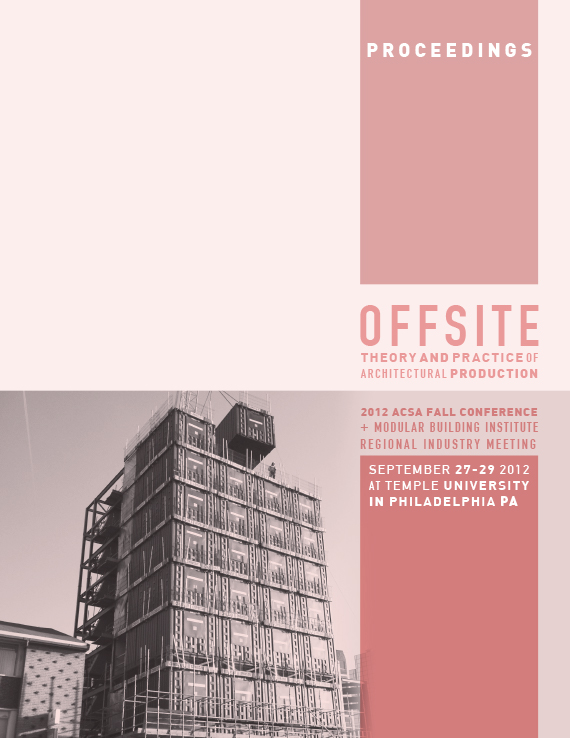Author(s): Nik Nikolov
Today the architectural profession vastly sees its future in the interplay andbalance between the natural and built environments. We seek to establisha functional interface between the two and in doing so to improve buildingperformance. We have become dependent on software and numericallycontrolledfabrication technologies. We increasingly embrace biomimeticapproaches as practical strategies that preference novel and complex forms.We evaluate buildings through performance driven criteria that emphasizethe environmental and structural parameters that shape them. These trendsin architectural design offer designers, engineers, and contractors the opportunityto combine qualitative and quantitative research methods withflexibility and speed and to address better the environmental demands onand consequences of our buildings.The building envelope, a.k.a. building façade or building skin, is the mostimportant subsystem of the building, serving as the link between all othercomponents of the building system (struc¬ture, technical services, and the interiorwalls of the building) and the exterior environment. In the United States,buildings consume 40% of primary energy1 and 72% of electricity consumption.2 The commercial building sector’s contribution to the overall de¬mand isprojected to increase faster than any other sector, and take over the electricitydemand of the residential building sector by 2014. Each of these energy demandsis closely related to the building en¬velope, and can be decreased withefficient envelope design.This paper documents the research conclusions, design development, fabrication,and installation of a prototype for exterior shading screen for East andWest facing glass curtain wall façades. The screen requirements are to providefull shading of a case-study building’s large transparent glazing façade over apre-determined period of time, provide optimal surface for rain water shedding,as well as optimal porosity to allow for natural light penetration and ventilation.The screen utilizes proprietary self-cleaning photocatalyitic cementsections (TiOCem®) which react with and neutralize common air pollutantssuch as nitrogen and sulfur oxides, carbon monoxide, and VOC’s.The design and fabrication of the prototype use parametric scripting softwarethat enables environmentally derived data to be incorporated seamlesslyinto the design process. Data of the building’s location, sun position, averagerainfall, predominant wind directions, and hours of daylight is taken intoaccount in the form-generation of building envelope components. Throughthe advanced capabilities of Rhino Script, Visual Basic, and Grasshopper®(parametric modeling module to the NURBS modeling software Rhinoceros™)the goal is to directly correlate environmental variables, such as solar stress,orientation, day lighting levels, ventilation, and others, to component fabricationmachines (CNC router, 3D printer, laser-cutter, and water-jet cutter). Thealgorithm takes advantage of the sun position based on previously publishedin the public domain algorithms.1 Environmental Information Administration (2008), EIA Annual EnergyOutlook2 ibid
Volume Editors
John Quale, Rashida Ng & Ryan E. Smith
ISBN
978-0-935502-85-5

 Study Architecture
Study Architecture  ProPEL
ProPEL 
